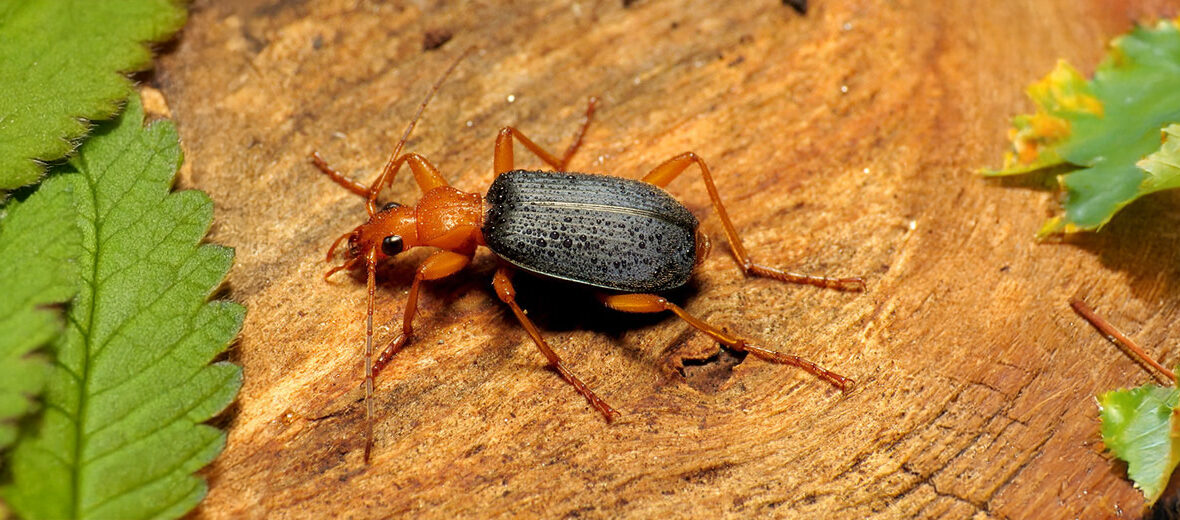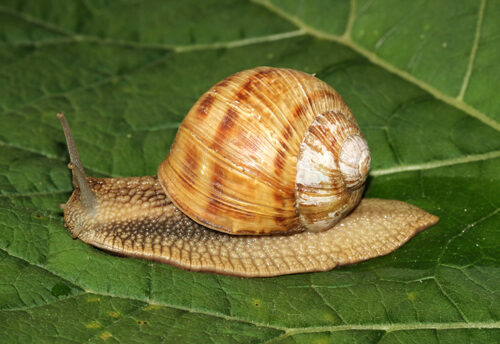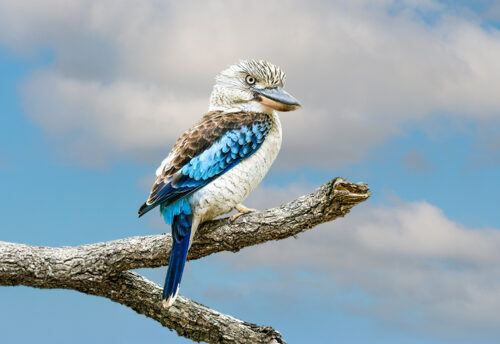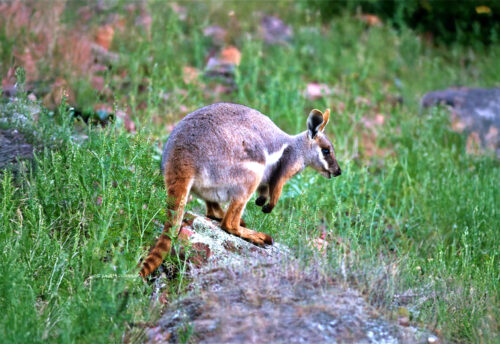
The bombardier beetle is a adephagan (ground) beetle with more than 500 species worldwide. They get their name from their famous defense mechanism. When threatened they can release a surprisingly effective counter attack. So be sure to take a second and be careful not to disturb them or you too might be bombed. Bombardier beetles are abundant the world over and thus not listed with the IUCN among any of their species.
First the Stats…
Scientific name: Carabidae
Weight: Up to 0.007 ounce
Length: Up to .98 inch
Lifespan: Up to 3 years
Now on to the Facts!
1.) When they feel threatened, they eject a hot, noxious chemical spray from their pygidial glands accompanied by a popping sound.
2.) The spray is created from a reaction between 2 hypergolic chemical compounds, hydroquinone and hydrogen peroxide, both of which are stored in the pygidial glands in their abdomen.
3.) When the aqueous solution of hydroquinones and hydrogen peroxide reaches the “vestibule”, catalysts expedite the decomposition of the hydrogen peroxide and the oxidation of the hydroquinone.
4.) The damage caused can be fatal to attacking insects.
5.) The beetle’s rather unusual defense mechanism has been claimed by some creationists as something that could not have evolved, although this has been refuted by evolutionary biologists.
But wait, there’s more on the bombardier beetle!
6.) The main component of the beetle’s spray is 1/4-benzoquinone, which is an irritant to the eyes and the respiratory system of vertebrates.
7.) They can release this concoction up to 20 times.
Did you know…?
Heat from their chemical reaction brings their defensive mixture close to the boiling point of water (212ºF) and produces gas that drives the ejection!
8.) These beetles hunt other insects via their nocturnal (active at night) treks.
9.) The majority of these beetles are carnivorous, including their larvae.
10.) They prefer woodlands or grasslands in the temperate zones, but they can tolerate nearly any habitat as long as there are moist areas to lay their eggs.
But wait, there’s still more on the bombardier beetle!
11.) Biologists have demonstrated that the system of chemicals could have evolved from defenses found in other beetles in incremental steps by natural selection.
12.) Females lay up to 83 eggs per week that hatch in up to 13.5 days.
13.) Praying mantises and mongooses take their chances at preying on these beetles.
Now a Short Bombardier Beetle Video!
Be sure to share & comment below! Also, check out the Critter Science YouTube channel. Videos added regularly!
Want to suggest a critter for me to write about? Let me know here.
Some source material acquired from: Wikipedia
Photo credit: Katja Schulz




